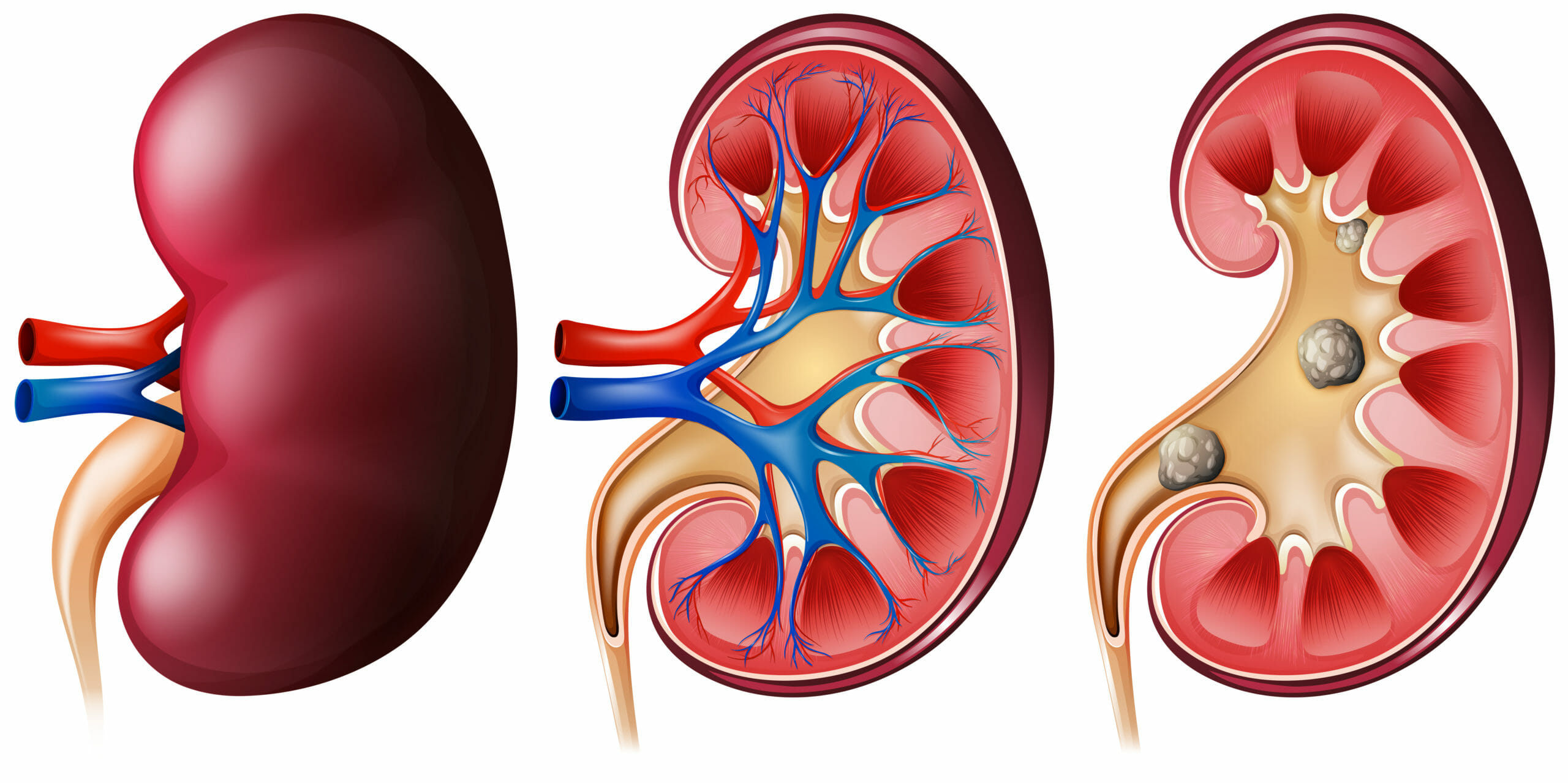Splenectomy/ Spleen Removal
Home / Procedure Detail

Splenectomy/ Spleen Removal
- Procedure
- Splenectomy/ Spleen Removal
A splenectomy is a surgical procedure to remove your spleen. The spleen is an organ that sits under your rib cage on the upper left side of your abdomen. It helps fight infection and filters unneeded material, such as old or damaged blood cells, from your blood.

Procedure Primary Points
- Ruptured or enlarged spleen: Life-threatening internal bleeding or symptoms of pain and fullness.
- Blood disorders: Idiopathic thrombocytopenic purpura, polycythemia vera, and thalassemia.
- Cancer treatment: Chronic lymphocytic leukemia, Hodgkin’s/non-Hodgkin’s lymphoma, and hairy cell leukemia.
- Infection or abscess: Spleen removal if other treatments fail.
- Cyst or tumor: Noncancerous growths requiring splenectomy due to size or difficulty of complete removal.
Why it's done
Splenectomy is used to treat a wide variety of diseases and conditions. Your doctor may recommend splenectomy if you have one of the following:
- Ruptured spleen. If your spleen ruptures due to a severe abdominal injury or because of an enlarged spleen (splenomegaly), the result may be life-threatening, internal bleeding.
- Enlarged spleen. Splenectomy may be done to ease the symptoms of an enlarged spleen, which include pain and a feeling of fullness.
- Blood disorder. Blood disorders that may be treated with splenectomy include idiopathic thrombocytopenic purpura, polycythemia vera and thalassemia. But splenectomy is typically performed only after other treatments have failed to reduce the symptoms of these disorders.
- Cancer. Cancers that may be treated with splenectomy include chronic lymphocytic leukemia, Hodgkin’s lymphoma, non-Hodgkin’s lymphoma and hairy cell leukemia.
- Infection. A severe infection or the development of a large collection of pus surrounded by inflammation (abscess) in your spleen may require spleen removal if it doesn’t respond to other treatment.
- Cyst or tumor. Noncancerous cysts or tumors inside the spleen may require splenectomy if they become large or are difficult to remove completely.
Medical Procedures
MedEx did help me a lot not only for connecting with clinics but also for other miscellaneous items such as visa extention. I am really sastify with the services received from MedEx. I've recommended to some of my friends to connect with MedEx too if they have plan to go for medical trip to BKK. 🙂
Engyin HtunSingapore 
Highly recommend to MedEx .They are professional and amazing team.
MedEx Staffs should have closed relationships with hospitals staffs to get more information and services.So,they can give the best services to patients.
Thomas FlyerMyanmar 
Owing to my heart pacemaker implant case, if I got a chance to refer anyone, without blinking my eyes I would refer to Vejthani Hospital. I am very grateful.
Bhagwan Ratna TuladharKathmandu, Nepal 
MedEx was very kind, patient, supportive and very helpful with my needs for seeing doctors and doing physical therapy here in Thailand. MedEx fulfilled everything I needed with my stay here with prompt actions, and I highly recommend MedEx if you are coming to Bangkok for medical treatment.
Ko Sai Aung Lwin TunMyanmar 










